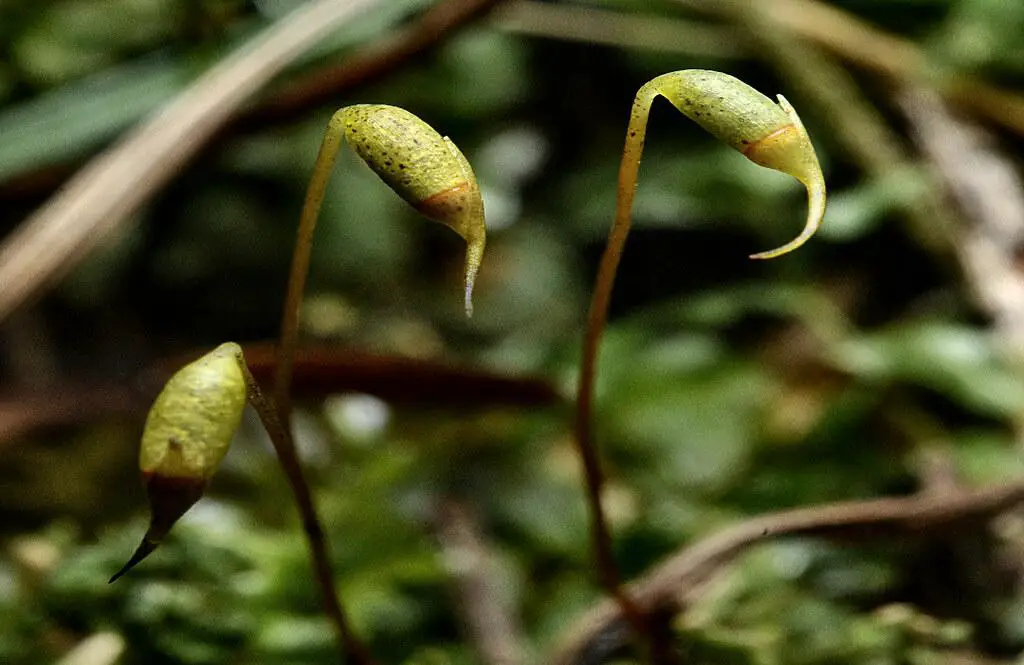
6027903556_2f47077fae_b.jpg from: https://www.flickr.com/photos/gjshepherd/6027903556/
Plagiomnium rhynchophorum: The Fascinating Moss of the Mniaceae Family
Introduction
Mosses are small but mighty plants that play important roles in ecosystems around the world. One particularly interesting species is Plagiomnium rhynchophorum (Harv.) T.J.Kop., also known simply as Plagiomnium. This moss belongs to the Mniaceae family and has some unique characteristics worth exploring. Let’s dive in and learn more about this fascinating bryophyte!
Background on Mosses
Before we get into the specifics of Plagiomnium rhynchophorum, it’s helpful to understand some basics about mosses in general. Mosses are non-vascular plants in the division Bryophyta. They lack true roots, stems, and leaves, instead having structures that serve similar functions. Mosses reproduce via spores rather than seeds and are found in a wide range of habitats across the globe.
Morphology and Identification
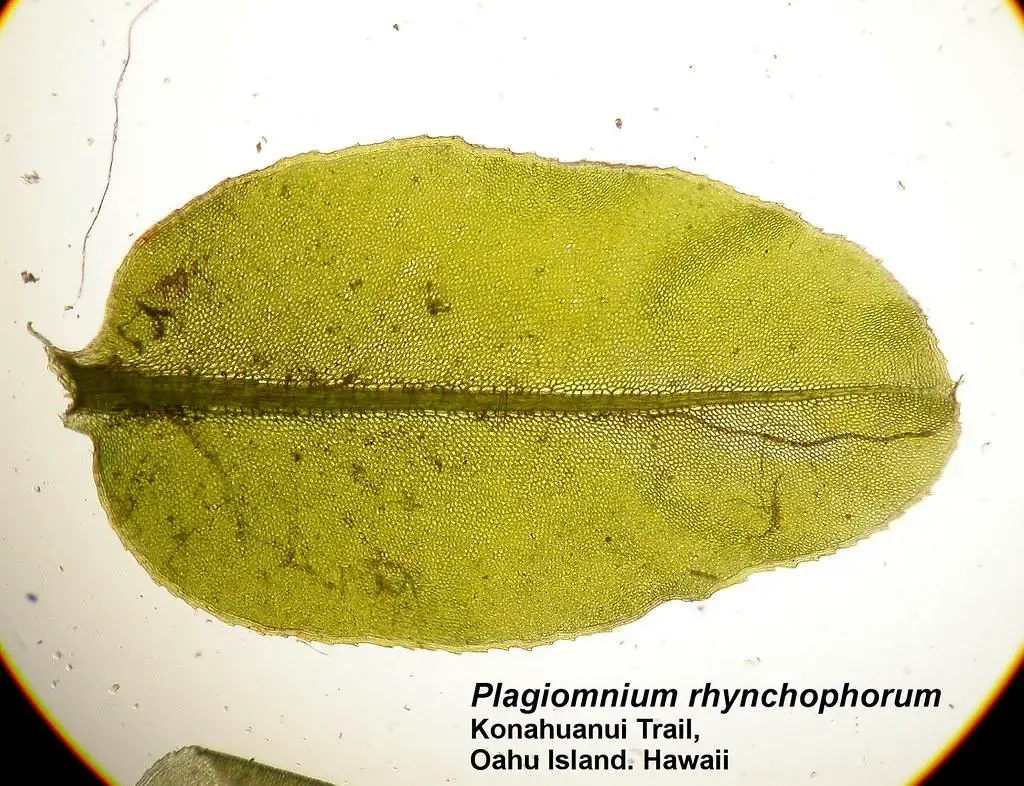
21398151448_dfce869008_b.jpg from: https://www.flickr.com/photos/48126735@N03/21398151448/
Plagiomnium rhynchophorum is a relatively large moss, with shoots reaching up to 10 cm long. The leaves are oblong to obovate in shape and have a distinct border of elongated cells. The leaf margins are toothed, especially near the apex. Capsules are cylindrical and curved with a long beak. These features help distinguish P. rhynchophorum from similar species.
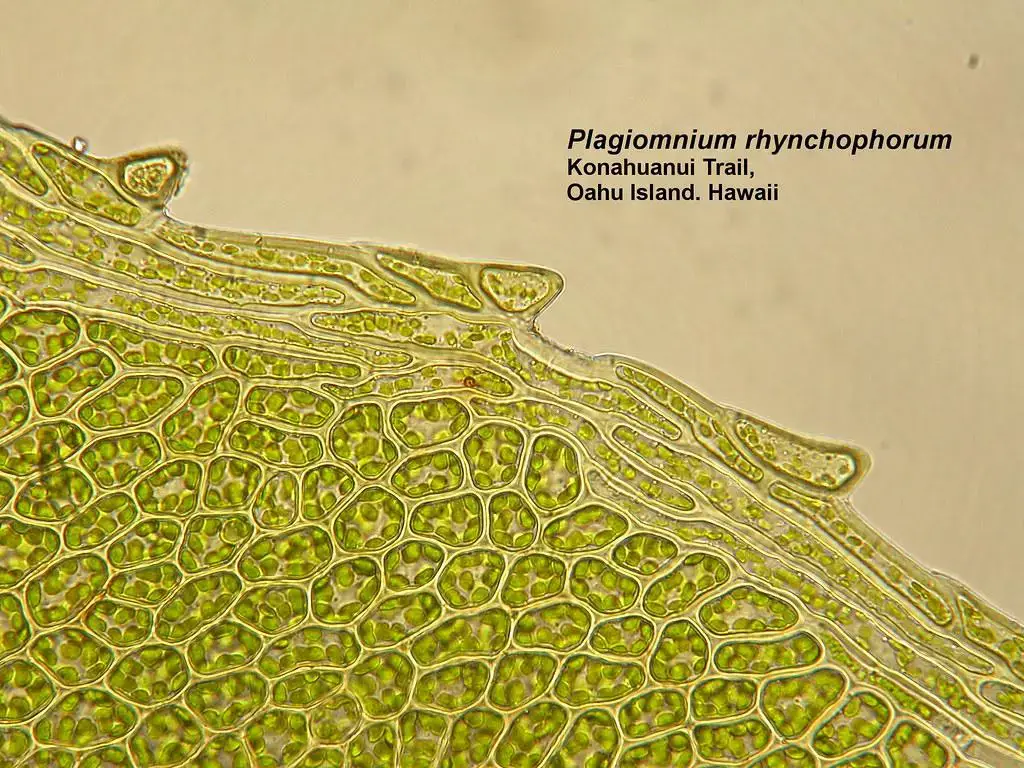
21574681042_75e58f5b8a_b.jpg from: https://www.flickr.com/photos/48126735@N03/21574681042/
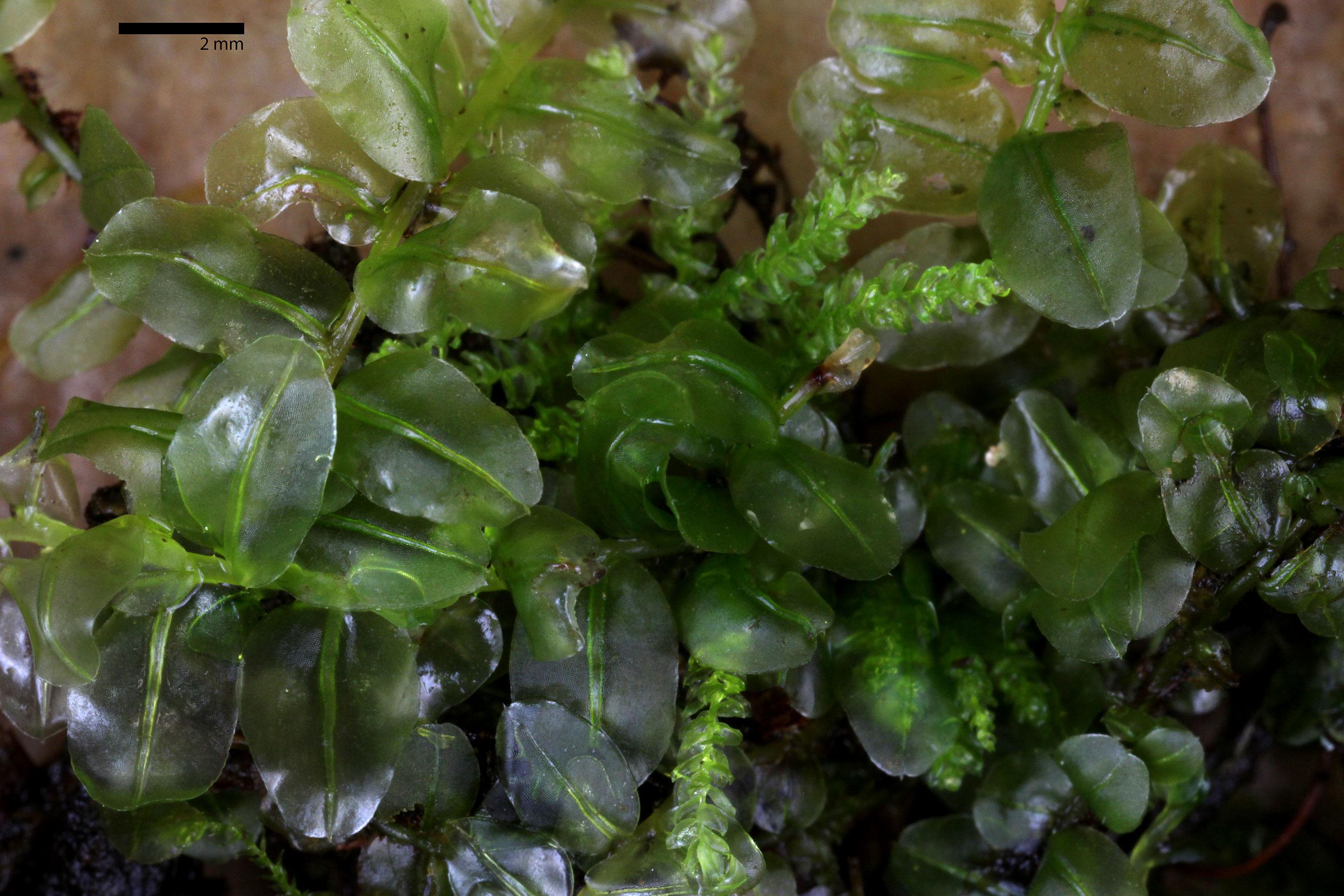
plaros_pgd9702web1.jpg from: https://www.southernappalachianbryophytes.org/plagiomniumrhynchophorum.html
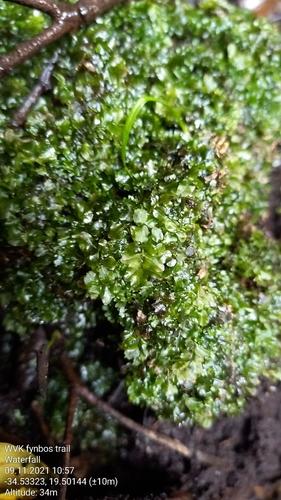
medium.jpeg from: https://www.naturalista.mx/taxa/273704-Plagiomnium-rhynchophorum
| Characteristic | Description |
|---|---|
| Shoot length | Up to 10 cm |
| Leaf shape | Oblong to obovate |
| Leaf border | Distinct, elongated cells |
| Leaf margins | Toothed, especially near apex |
| Capsule shape | Cylindrical, curved, with long beak |
Global Distribution and Habitat
Plagiomnium rhynchophorum has a wide distribution, being found in Asia, Africa, Australia, and the Pacific. It typically grows in moist, shaded habitats such as on soil, rocks, or tree bases in forests. The ability to tolerate low light levels allows this species to thrive in understory environments.
Ecological Roles and Adaptations
Like other mosses, Plagiomnium plays important roles in its ecosystem:
- Nutrient cycling: Mosses help capture and retain nutrients, making them available to other organisms.
- Moisture retention: The dense mats formed by mosses help retain moisture in the soil and provide humid microhabitats for invertebrates and other small organisms.
- Erosion control: By stabilizing soil, mosses help prevent erosion.
P. rhynchophorum has several adaptations that allow it to succeed in its niche:
- Leaf structure: The toothed margins and elongated border cells help guide water towards the shoot tip for maximum absorption.
- Desiccation tolerance: Like many mosses, Plagiomnium can survive periods of drying out and rehydrate when moisture is available again.
Conclusion
Plagiomnium rhynchophorum is a prime example of how even tiny organisms can be fascinating and play significant ecological roles. The unique morphology and widespread distribution of this moss make it an interesting species to observe and study. Next time you’re in a suitable habitat, take a moment to appreciate the miniature world of mosses like Plagiomnium. What other secrets might these small but spectacular plants hold?